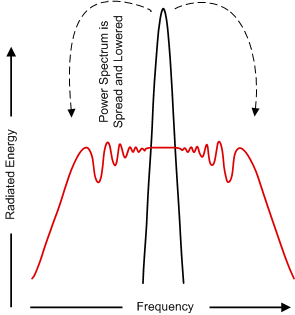SNVSA06C March 2015 – August 2018 LP8758-B0
PRODUCTION DATA.
- 1 Features
- 2 Applications
- 3 Description
- 4 Simplified Schematic
- 5 Revision History
- 6 Pin Configuration and Functions
- 7 Specifications
-
8 Detailed Description
- 8.1 Overview
- 8.2 Functional Block Diagram
- 8.3 Feature Description
- 8.4 Device Functional Modes
- 8.5 Programming
- 8.6
Register Maps
- 8.6.1
Register Descriptions
- 8.6.1.1 DEV_REV
- 8.6.1.2 OTP_REV
- 8.6.1.3 BUCK0_CTRL1
- 8.6.1.4 BUCK0_CTRL2
- 8.6.1.5 BUCK1_CTRL2
- 8.6.1.6 BUCK2_CTRL2
- 8.6.1.7 BUCK3_CTRL2
- 8.6.1.8 BUCK0_VOUT
- 8.6.1.9 BUCK0_FLOOR_VOUT
- 8.6.1.10 BUCK0_DELAY
- 8.6.1.11 RESET
- 8.6.1.12 CONFIG
- 8.6.1.13 INT_TOP
- 8.6.1.14 INT_BUCK_0_1
- 8.6.1.15 INT_BUCK_2_3
- 8.6.1.16 TOP_STAT
- 8.6.1.17 BUCK_0_1_STAT
- 8.6.1.18 BUCK_2_3_STAT
- 8.6.1.19 TOP_MASK
- 8.6.1.20 BUCK_0_1_MASK
- 8.6.1.21 BUCK_2_3_MASK
- 8.6.1.22 SEL_I_LOAD
- 8.6.1.23 I_LOAD_2
- 8.6.1.24 I_LOAD_1
- 8.6.1
Register Descriptions
- 9 Application and Implementation
- 10Power Supply Recommendations
- 11Layout
- 12Device and Documentation Support
- 13Mechanical, Packaging, and Orderable Information
Package Options
Mechanical Data (Package|Pins)
- YFF|35
Thermal pad, mechanical data (Package|Pins)
Orderable Information
8.3.1.6 Spread-Spectrum Mode
Systems with periodic switching signals may generate a large amount of switching noise in a set of narrowband frequencies (the switching frequency and its harmonics). The usual solution to reduce noise coupling is to add EMI-filters and shields to the boards. The LP8758's register selectable spread-spectrum mode minimizes the need for output filters, ferrite beads, or chokes. In spread spectrum mode, the switching frequency varies randomly by ±5% (depending on selected switching frequency) about the center frequency, reducing the EMI emissions radiated by the converter and associated passive components and PCB traces (see Figure 10). This feature is enabled with the CONFIG.EN_SPREAD_SPEC bit, and it affects all the buck cores.
